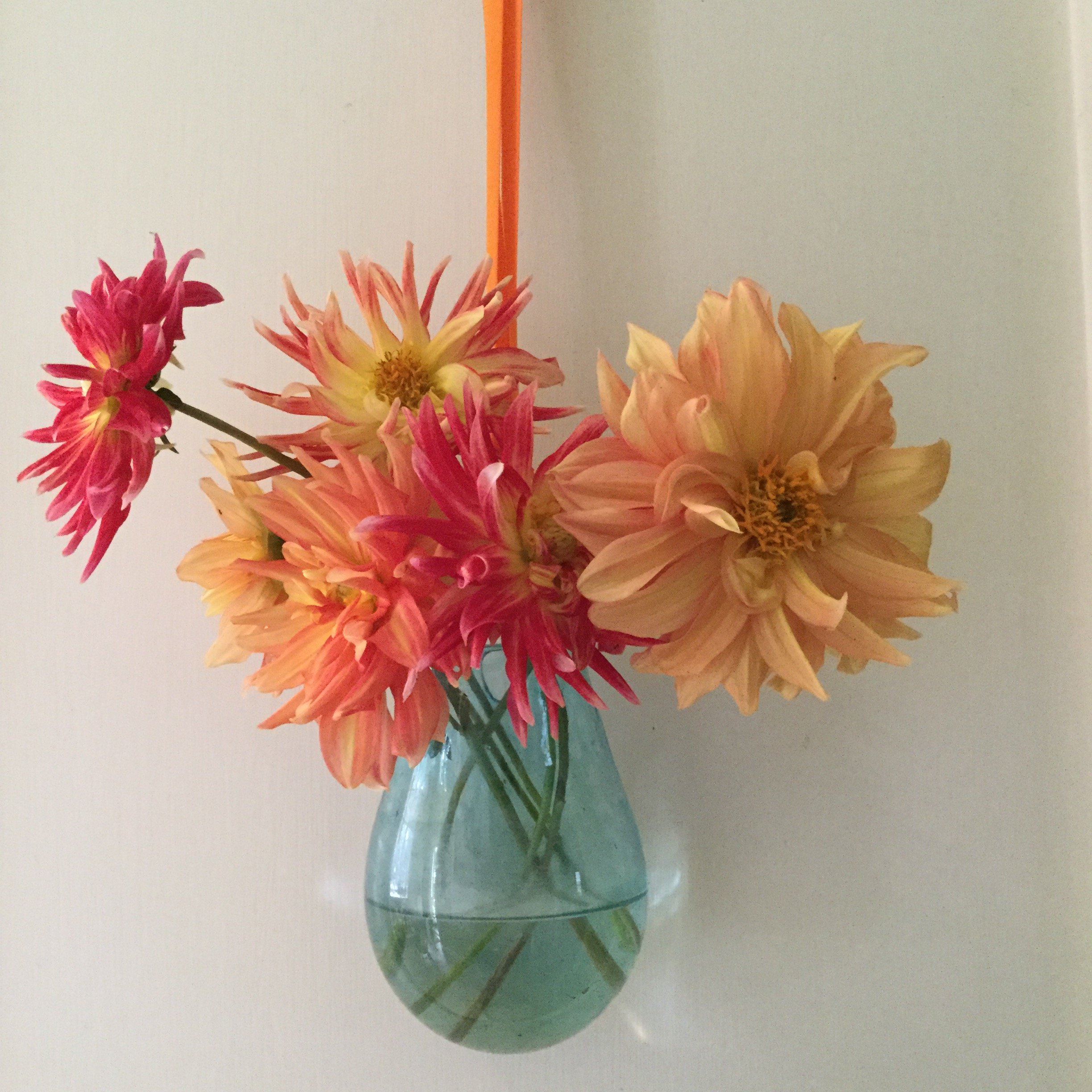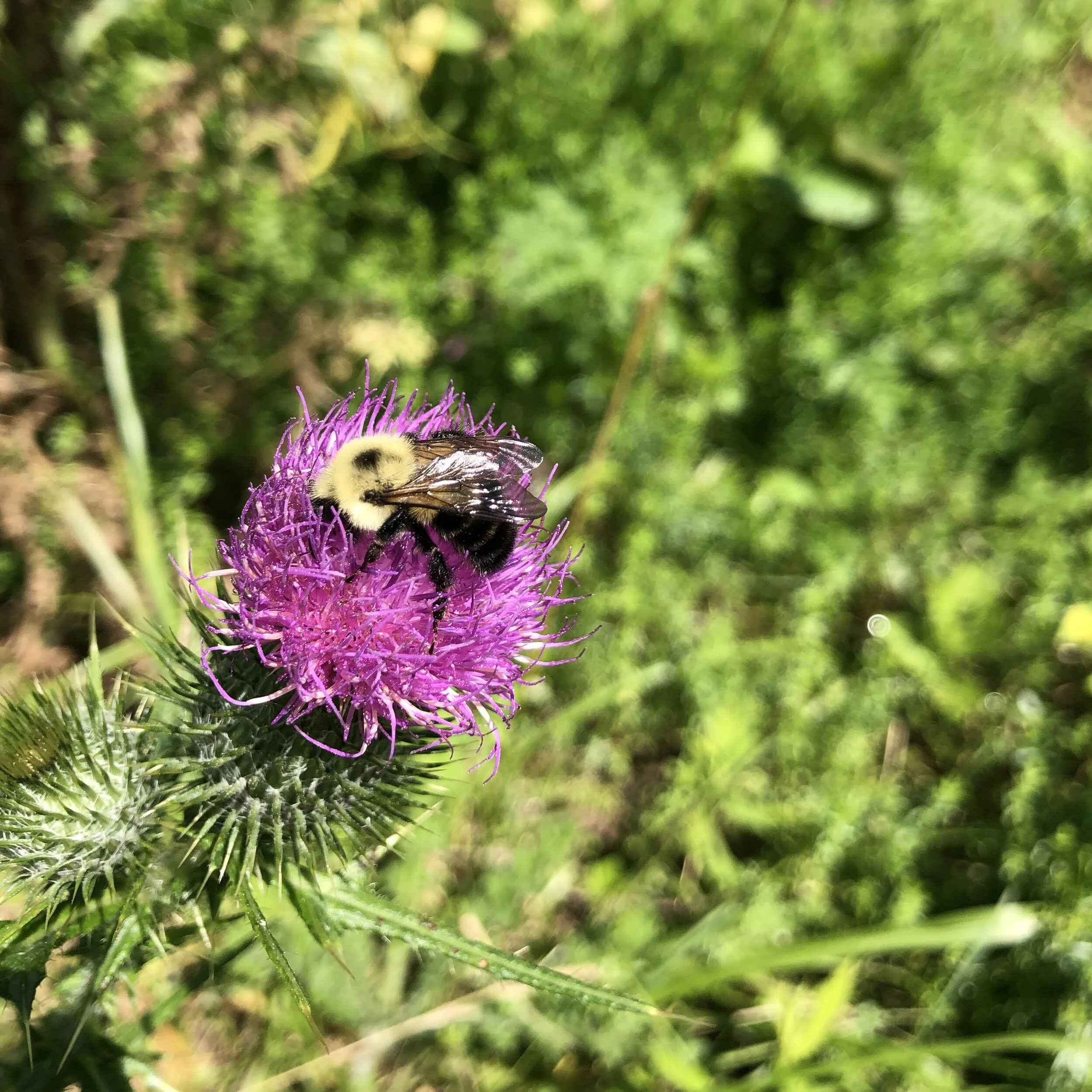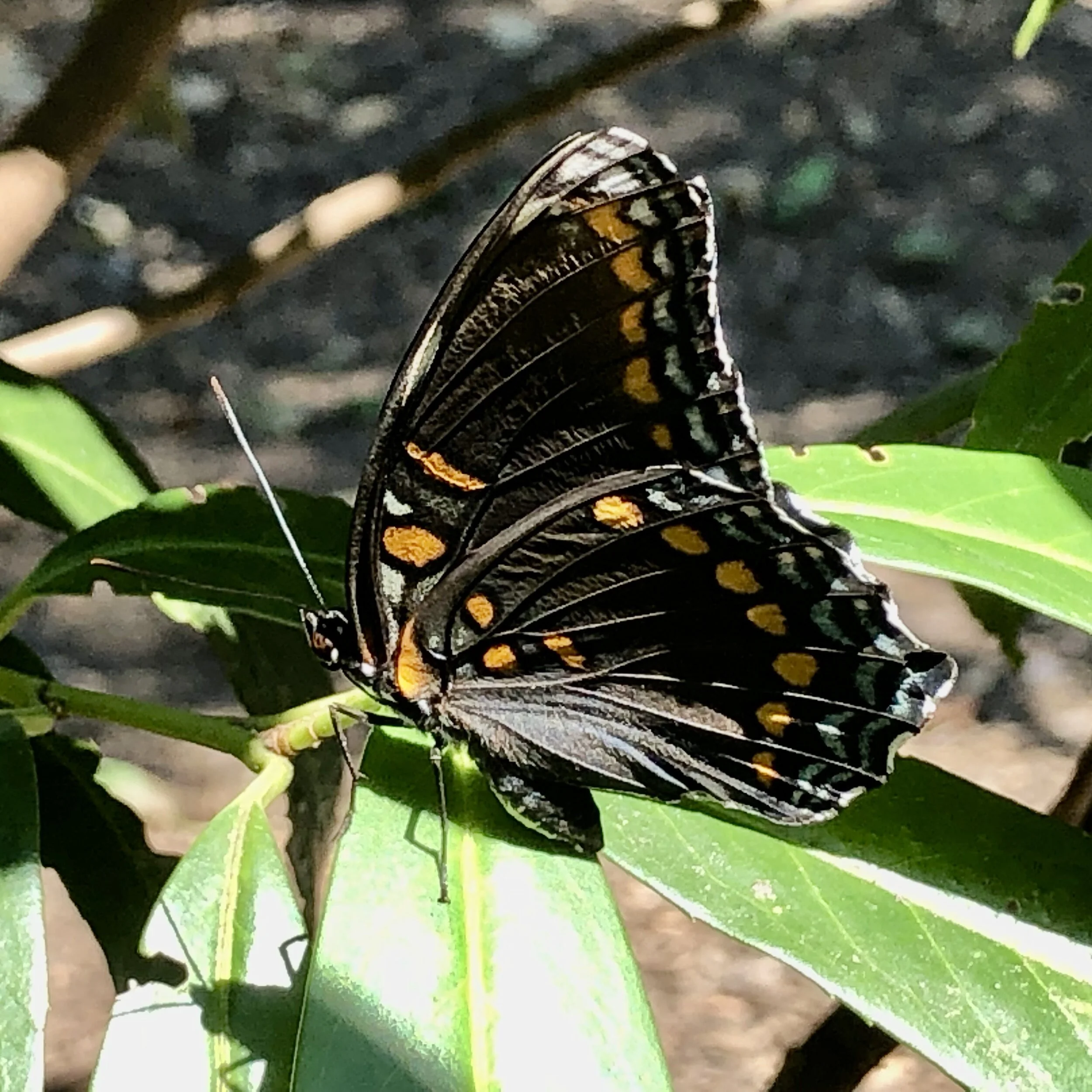Exotic Invasives In New Jersey
There are plants you should never purchase or plant, exotic invasives are one of them. Japanese Barberry and Burning Bush are some in my New Jersey area that are causing damage. These plants should never be sold either, but they are still staples in some nurseries. Japanese Barberry is an ‘exotic invasive’. Exotic, because it comes from a far away country. Invasive because it spreads rapidly because of a lack of predators. In New Jersey, it has taken over many parts of our woods. Japanese Barberry is thorny, so the deer don’t it eat. It also has berries that the birds like. So in the fall, the birds eat the berries. The acid in their stomachs breaks down the outer coating. Then the seed gets pooped out as the birds are flying, and they germinate everywhere. The reason they are able to grow is because the deer have eaten all the native plants; perennials, shrubs and small trees. This has left bare places for this exotic invasive plant to exploit. And it does it well. I walk my dog in the small woods near my home every morning. 30 years ago it was a diverse woods. There were many species of trees, mostly birch, beach and oak. The understory was also diverse with viburnum, chokeberry, witch hazel and azaleas. Today most of the native understory has been eaten by an out of control deer population, and in its place has grown, you guessed it, exotic invasives. Japanese Barberry, Japanese Knotweed and Burning Bush, from Asia. Believe it or not, these were all brought here on purpose as ornamental plants for use in our gardens, back in the 1800’s. Even then, while they might have escaped into our woods, they did not thrive or survive. There was too much competition from our native plants. What happened? Deer.
Exotic Invasives & Deer - How They Are Changing Ecosystems In New Jersey - Walking My Dog In The Small Woods Near My Home
Deer, Exotic Invasives & Changing Ecosystems
People assume we caused the deer problem by developing the woods where they lived, thus reducing their habitats and forcing them into suburbia. The truth is, all that development has been great for the deer. They thrive on it. They live on the edges of the forests, and by carving out the forests to build homes, we have created many more ‘edges’. Then we landscaped our yards with their favorite foods. Much of our woods have passed the tipping point. There are no new trees growing to replace all the old ones that are aging out or we’ve lost in recent storms. They get eaten before they are tall enough to survive. The natives have been decimated, and with their disappearance, the rest of the eco system is changing too.
Now the ecosystem starts to shift. The insect populations that depend on the native shrubs disappear. The birds and rodents that survived on these insects move on. The hope is that these creatures will adapt to the new ‘normal’ but the evidence is not in.
These plants have been banned from the nursery trade for several years in Connecticut and Massachusetts. More recently New York state has banned them too. My home state of NJ has been talking about it for years but has not made a move yet. Why? I suspect its the nursery trade. People say they use Japanese barberry because it is the only plant that has great red color that the deer won’t eat.
Great Alternatives To The Exotic Invasives
I say, plant Sambucus. Gardeners plant burning bush, Euonymous alatus for its brilliant red fall color. You see it in mass in corporate parking lots. Well the native fragrant Sumac, Rhus aromatica, will give you the same great color, and also become habitat and food for important pollinators like bees, small mammals and birds. As will sweetshrub and blueberries. There are always alternatives to replace these exotic invasive plant species.
A Euonymous alatus (Burning Bush)- Exotic Invasives & Deer - How They Are Changing Ecosystems In New Jersey
The Purple Loosestrife In New Jersey
Years ago, when I learned of the destruction that Purple Loosestrife was causing in my NJ wetlands, and that New York State spend approximately 45 million every year trying to rid itself of this plant, I thought it would be hard to stop using it. It has great purple flowers and blooms for a long long time. Well its been 20 years, and I have never used it and in fact have found myself pulling it out of gardens and fields whenever I see it.
The Purple Loosestrife - Exotic Invasives & Deer - How They Are Changing Ecosystems In New Jersey
It is simple, you would not ingest a dangerous substance, or feed it to your family. Don’t plant anything on your States Exotic Invasive plant list.
If you have any questions or anything to add about exotic invasives please comment below. I would love to hear!
You can also see how I deliver sustainability in home landscapes here.
Carolle
Keep up-to-date with my garden and projects on Instagram



















